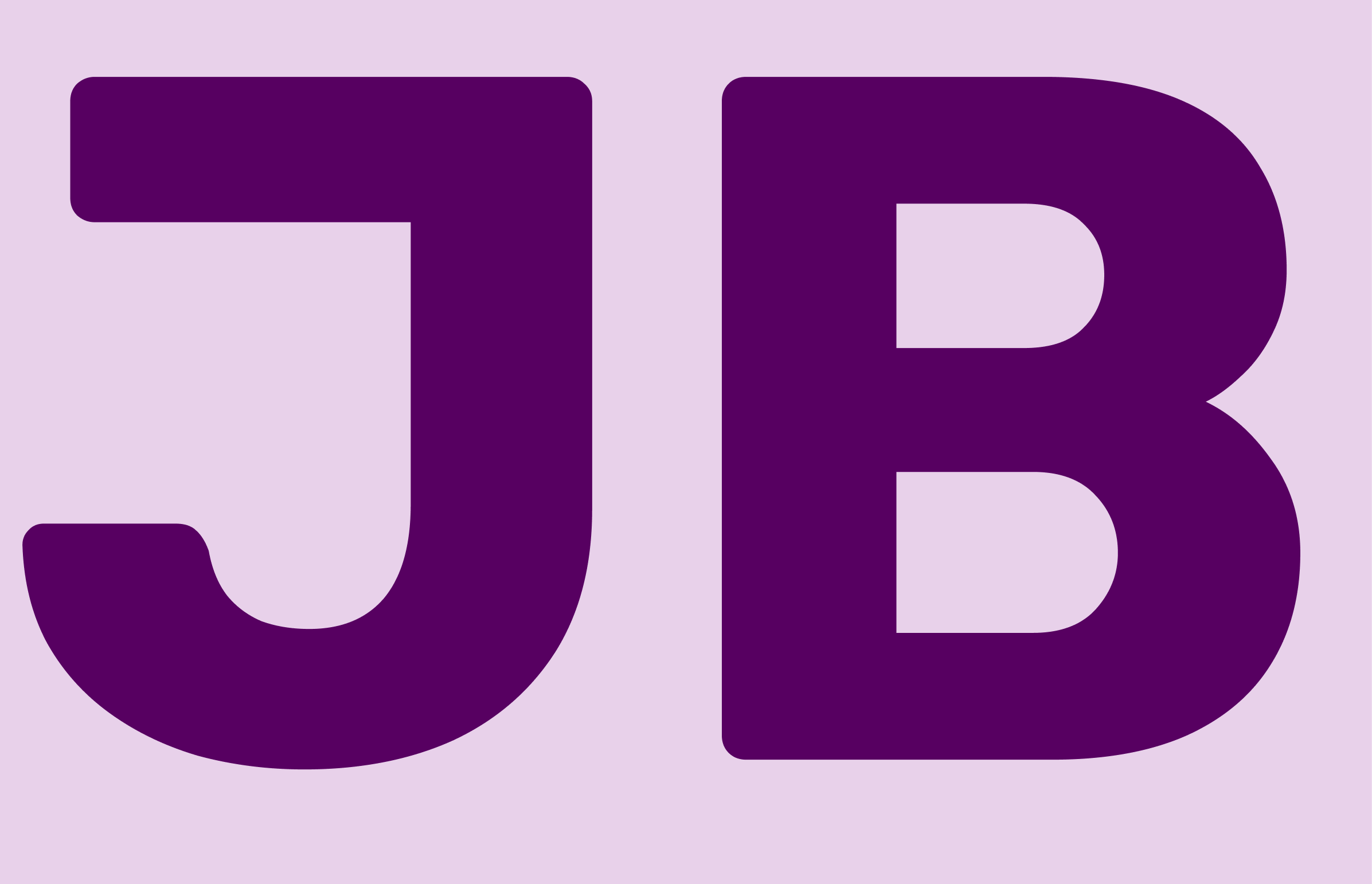Content blocking
What I do
Map existing and proposed page content to new webpages (to be designed). New content—which is based on UX best practices, analysis of user data, stakeholder workshops, and other inputs — is streamlined so that it’s conversion-focused and surfaced at appropriate points in user journeys. Content blocking artifacts like content blocking, content maps, or low-fidelity wireframes allow for early alignment with clients and gives the creative team a roadmap for their work.
Case study: Content blocks for multi-page flows
Sphera ESG (part of Blackstone) powers some of the world’s largest firms, but its value propositions were getting lost on its site among a deluge of product offerings and thought leadership. As Associate Director of Content Strategy for Huge, I strategized and prioritized new page content by users’ mindsets and place in their journey. Using this framework, I created low-fidelity wireframes (in Figma) for their home page, a child page, a grandchild page, and more.
Case study: Webpage before/after
Clover POS systems has a lot to offer retail stores, but their current page struggled to highlight their unique value propositions, especially for users skimming instead of reading closely. As Associate Director of Content Strategy for Huge, I made numerous improvements to make their content more conversion-focused, including: bringing concise value props into the hero, cutting the amount of copy, adding a storytelling component to allow users to see the product in action, re-introducing “financial proof points” to reinforce overall brand value, and displaying pricing plans in a clear and consistent way that made Clover more competitive side-by-side with other POS systems. I also directed the UX copywriting for this project.
Related work
To see samples, please contact me for the password.





